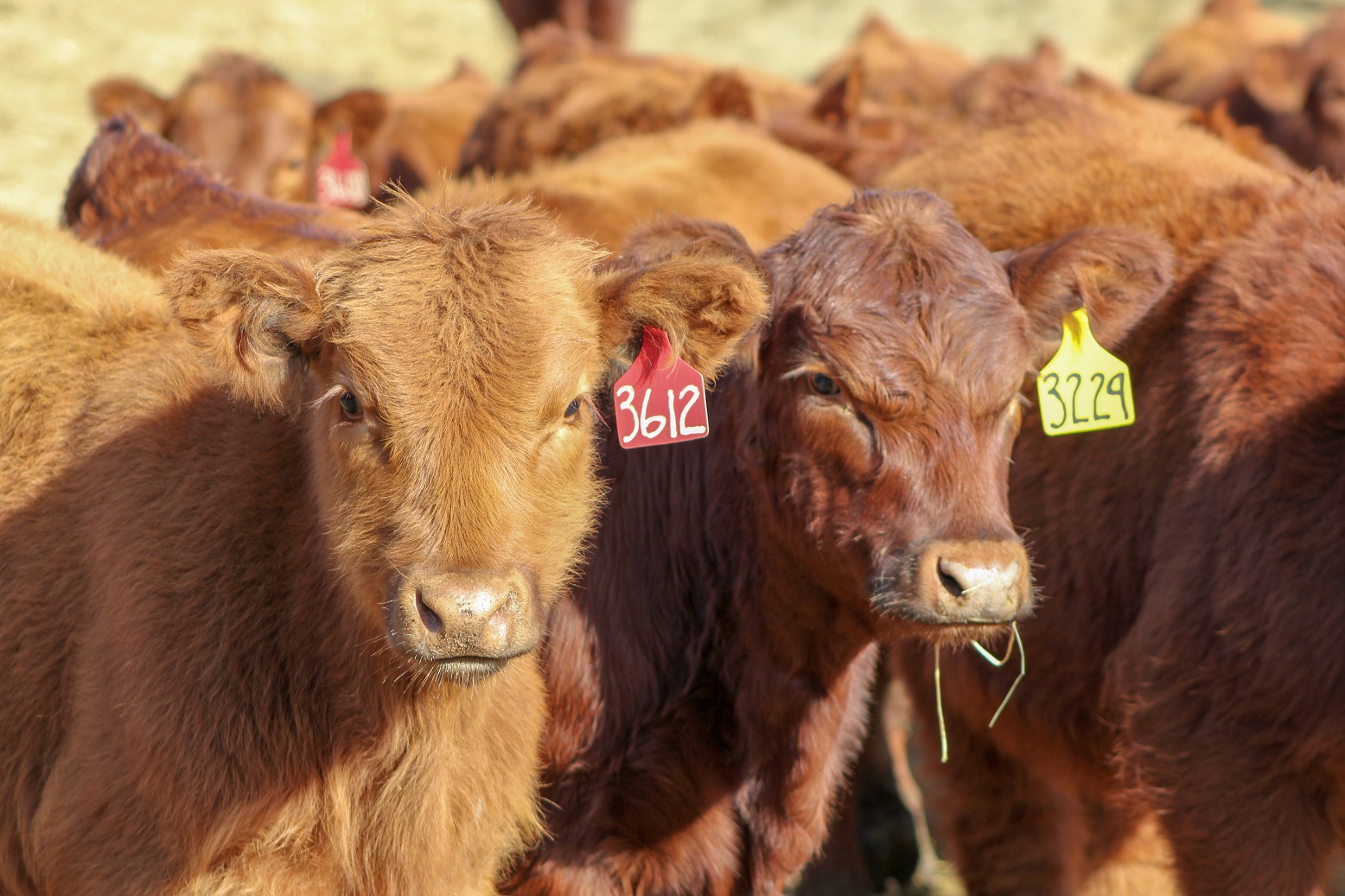
Producers anticipate calving season by working relentlessly to make sure their herd is properly managed, healthy, fed, and vaccinated. Once a cow has calved ideally there is a healthy calf to tend to, and a new set of protocols are administered for raising that calf. Due to the broad scope of the U.S. beef industry, producers’ strategies after weaning may vary. But before that time comes, specific procedures need to be conducted to properly manage the calf through weaning and prepare them for the next stage of production.
Calving should be attempted to be conducted in a clean and dry environment, and out of the elements if possible. Calving in confinement has its advantages, but if the environment is muddy or dirty newborn calves can develop scours or respiratory issues. Once a newborn calf is dry it is important to make sure that they receive colostrum within the first 12 hours of birth to help administer antibodies that calves are born without and will build up their immune system.
Colostrum is a source of immunoglobins, energy, vitamins, and minerals that transfers immunities from the cow to the calf to help prevent illness. Maximum antibody exposure from colostrum is the greatest within the first four hours post-calving. Weak calves should be tube fed stored colostrum if they have not nursed within the first four hours. After 12 hours the offspring’s ability to absorb the immunoglobins in colostrum drastically decreases.
Producers should work closely with their veterinarian to develop a herd health protocol tailored to their operation. Some protocols that should be administered in the first 24 hours include dipping the newborns navel in iodine, tagging, and weighing the calf. Dipping the navel as soon as possible after birth helps to prevent bacterial infections.
Tagging works as a temporary and early identification system to easily determine the dam of a calf if pairs were to get separated. Weighing calves is important for purebred/seedstock producers to record EPDs. Cows should also be checked to see if they have cleaned up their afterbirth. If a cow retains her placenta, contact a veterinarian, or administer a long-acting antibiotic, but DO NOT try pulling it out. Pulling those membranes does more harm than good and can cause issues such as delayed heat cycles.
After 24 hours post-calving, calves should look perky and well fed. Calves will sleep a lot in the first week of life, but when they are up, observe for signs of weather stress, lethargy, or starvation. Remember to check calves more frequently in instances of severe weather. After 72 hours all pairs that are doing well should be moved from calving area to pasture. Keeping pairs on large, well-drained pastures reduces incidence of scours.
For more information on processing newborn calves reach me at my office (402)624-8007 or check out my programming website: bigredbeeftalk.unl.edu for more information on Nebraska Beef Extension.